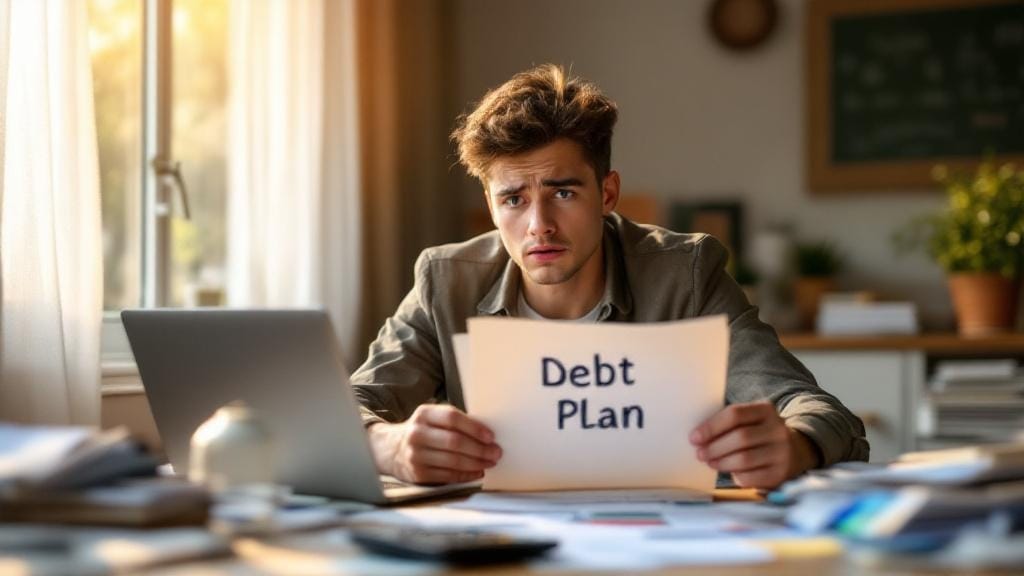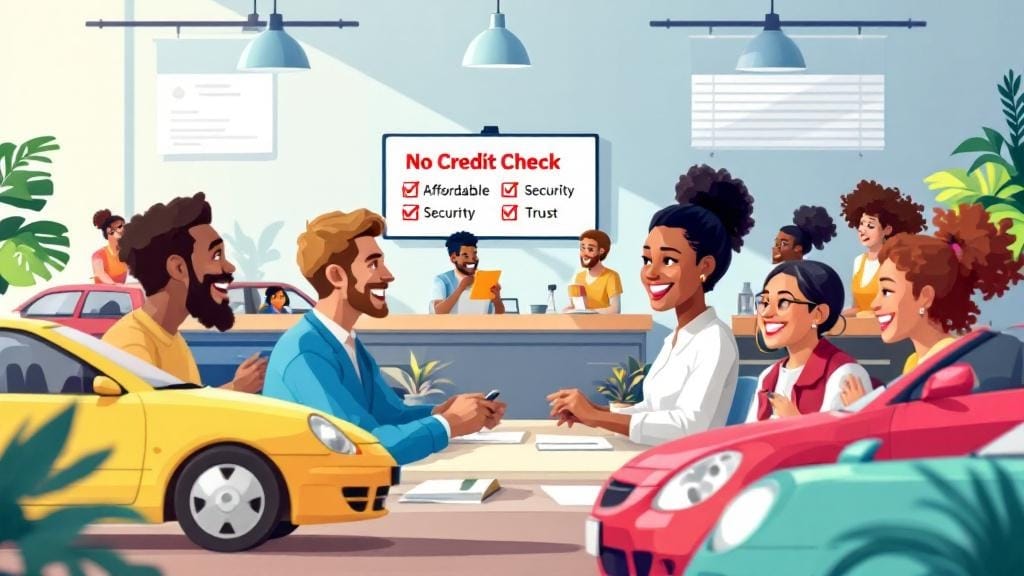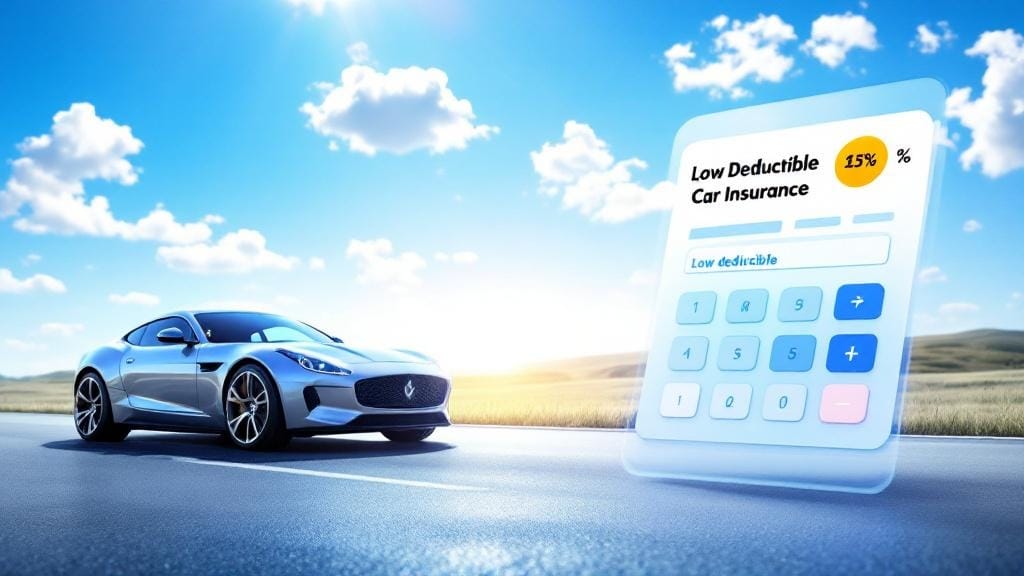Credit card debt can feel like a heavy weight pulling you down financially. You make payments month after month, but the balance doesn’t seem to budge. If you’re stuck in this cycle, you’re not alone—and there is a way out.
In this guide, you’ll find proven, realistic, and expert-backed strategies to help you get out of credit card debt and move toward a healthier financial future. Whether you’re just starting your financial freedom journey or looking for faster ways to eliminate your debt, the tips below can help you take control today.
💳 Why Credit Card Debt Is So Hard to Escape
Before we get into the solutions, let’s understand why it’s so difficult to clear credit card debt:
High interest rates eat away at your payments, with much of your money going toward interest rather than the principal.
Late payment penalties and fees increase your balance.
Minimum payments often cover only a fraction of what you owe.
Poor credit utilization rate affects your credit score, making borrowing more expensive.
If this sounds familiar, it’s time to break the cycle with practical strategies designed to work in the real world.
✅ Step-by-Step Guide to Get Out of Credit Card Debt
1. Face the Numbers Honestly
To fix the problem, you have to see it clearly.
List every credit card with its balance, interest rate (APR), and minimum payment.
Use a monthly payment calculator to project how long it will take to pay off each balance at your current pace.
Tip: Knowing your debt-to-income ratio helps you understand how much of your income is going toward debt payments.
2. Stop the Bleeding: Freeze New Spending
You can’t get out of debt if you keep adding to it.
Leave your credit cards at home or lock them away.
Switch to a cash-based or debit-only system for everyday spending.
Focus only on needs, not wants, during your repayment journey.
3. Choose a Repayment Strategy That Works for You
There’s no one-size-fits-all approach, but here are two popular and effective options:
Snowball Method
Focus on the smallest debt first while making minimum payments on the others.
Once it’s paid off, roll that payment into the next smallest debt.
Avalanche Method
Focus on the debt with the highest interest rate first.
This method saves more money on interest over time.
Want to visualize your progress? Use a credit card payoff timeline or tracker app to stay motivated.
4. Lower or Stop Credit Card Interest
High interest is your biggest enemy when trying to escape credit card debt. Try these methods:
Negotiate lower APRs with your credit card issuer.
Consider balance transfer cards with 0% APR offers.
Look into credit card debt repayment options like hardship programs.
Pro Tip: If you qualify, a 0% balance transfer card can give you up to 18 months interest-free to pay down your debt.
5. Increase Your Monthly Payments (Even a Little Helps)
Even small increases can make a big difference.
Round up payments or add an extra $25–$50/month to speed up debt reduction.
Redirect any windfalls like tax refunds or bonuses toward your credit cards.
Real-Life Example: Sarah paid $40 extra on her minimums each month and shaved 16 months off her repayment timeline—saving over ₹21,000 in interest.
6. Get Help Getting Out of Debt
If it feels overwhelming, you don’t have to go it alone. There are trustworthy resources offering free credit card debt help:
Consumer credit counseling agencies provide free or low-cost debt advice.
Nonprofit financial coaches can help you build a realistic plan.
Explore debt reduction plans like a Debt Management Plan (DMP), which consolidates your payments and reduces interest rates.
7. Build an Emergency Fund
Lack of savings often forces people to rely on credit cards during emergencies.
Start small: ₹500 to ₹1,000 as a buffer.
Gradually build to 3–6 months’ worth of expenses.
Automate savings into a separate account to avoid temptation.
This step is crucial for emergency fund planning and long-term stability.
8. Improve Personal Finance Management
Your spending habits will either fuel your freedom or feed your debt.
Track your spending with budgeting apps.
Set realistic, weekly goals to avoid overspending.
Apply simple money-saving tips, such as cooking at home, canceling unused subscriptions, or using cashback apps.
💡 Ways to Eliminate Credit Card Balances Faster
Here are additional tools and techniques that help:
Debt consolidation loans (lower interest personal loans to combine debts)
Side income (freelancing, tutoring, part-time work)
Automatic payments to avoid late fees
Credit utilization awareness – keep usage under 30% of your credit limit
⚠️ Mistakes to Avoid When Trying to Clear Credit Card Debt
Only paying the minimums
Ignoring high-interest rates
Skipping payments
Taking out new loans without a plan
Not having a budget
These errors can undo your progress and damage your credit score.
🌱 Staying Debt-Free: Your Long-Term Financial Freedom Journey
Once you’re out of debt, staying out requires ongoing discipline and planning.
Rebuild your credit by making on-time payments and keeping low balances.
Keep your credit utilization rate below 30%.
Check your credit reports regularly for errors.
Set up financial goals for the next 6 months, 1 year, and 5 years.
Getting out of credit card debt is the beginning of your financial freedom journey—not the end. With the right mindset and tools, you can build lasting wealth and security.
🙋♂️ Frequently Asked Questions (FAQs)
1. What are the best ways to get out of credit card debt quickly?
To get out of credit card debt quickly, use the avalanche method, apply for a 0% balance transfer card, and cut non-essential spending. Focus on increasing your income and making extra payments.
2. Can I stop credit card interest from piling up?
Yes. You can request a lower rate from your issuer, use a balance transfer card, or enroll in a hardship program. These are effective ways to stop credit card interest and save money.
3. What if I can’t make even the minimum payments?
If you’re struggling, contact your issuer immediately. Also consider consumer credit counseling or a Debt Management Plan. These options can help you avoid default and rebuild financially.
4. Is it worth getting professional help to manage credit card payments?
Absolutely. If you’re unsure where to start or feel stuck, seeking free credit card debt help from a nonprofit or credit counseling agency can help you set up a realistic, customized plan.
5. How long does it take to clear credit card debt?
The timeline depends on your balance, payment amount, and interest rate. Use a credit card payoff timeline calculator to estimate. With aggressive payments, most people can become debt-free in 1–3 years.
6. What’s the impact of debt on my credit score?
High balances increase your credit utilization rate, which lowers your score. Late payments and high debt levels hurt your credit, while reducing your debt can improve your score over time.
7. Can I still save money while paying off debt?
Yes! Prioritize a small emergency fund, then split extra money between debt and savings. Over time, shift more toward savings as debt decreases.
📝 Final Thoughts: Take the First Step Today
Getting out of credit card debt won’t happen overnight—but it will happen with consistent action, smart decisions, and a bit of patience. Start small, stay committed, and don’t hesitate to seek help if you need it.
Take control of your money, and start your financial freedom journey today.








Comments (0)